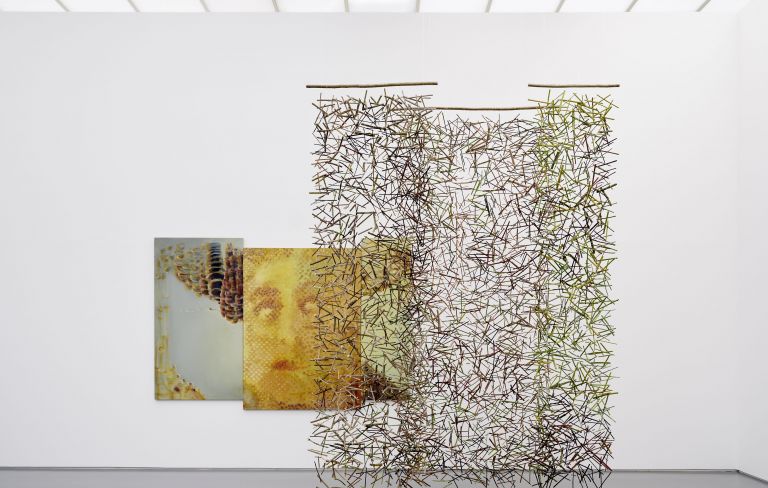Gardens are mirrors of identities, dreams and visions, they have deep cultural roots and are an expression of our relationship with nature. Today, the garden is much more than a romantic idyll. Gardens have become places of the avant-garde, serving as fields of experimentation for social justice, biodiversity and a sustainable future. With “Garden Futures”, the Vitra Design Museum is presenting an exhibition well worth seeing on the history and future of the modern garden until 3 October 2023.
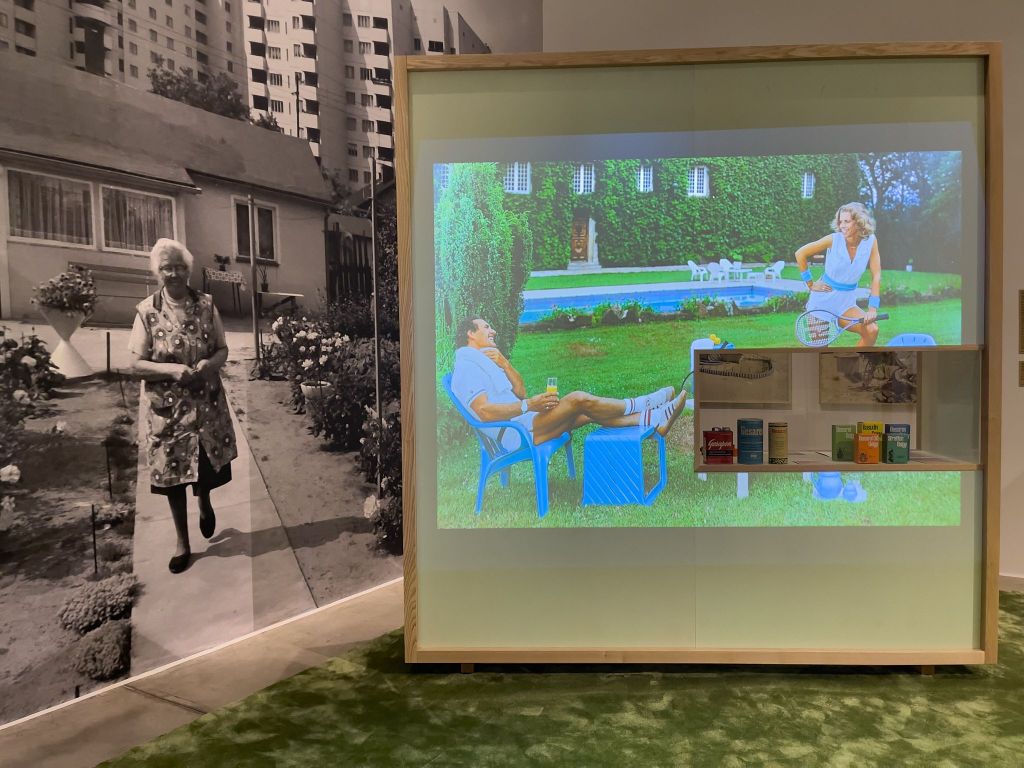
Wherever people enclose a piece of nature to create a garden, their own relationship to nature is always reflected – and sometimes that of entire societies and eras. Photo: © Werner Mäder, Uetikon
The exhibition shows in an appealing way which ideas and conceptions have shaped our present-day garden ideal, what contribution gardens make to a future that is worth living for all, using diverse examples from design, everyday culture and landscape architecture. Gardens were Schommer’s spaces in which hope for a better future takes shape. Wherever people enclose a piece of nature to create a garden, their own relationship to nature is always reflected – and sometimes that of entire societies and epochs.
At the start of the exhibition, diverse examples from art and architecture illustrate this in a media installation. The garden appears here as a place that inspires both our everyday life and our imagination and sometimes has a very practical, but often also a deep symbolic or philosophical-religious meaning.
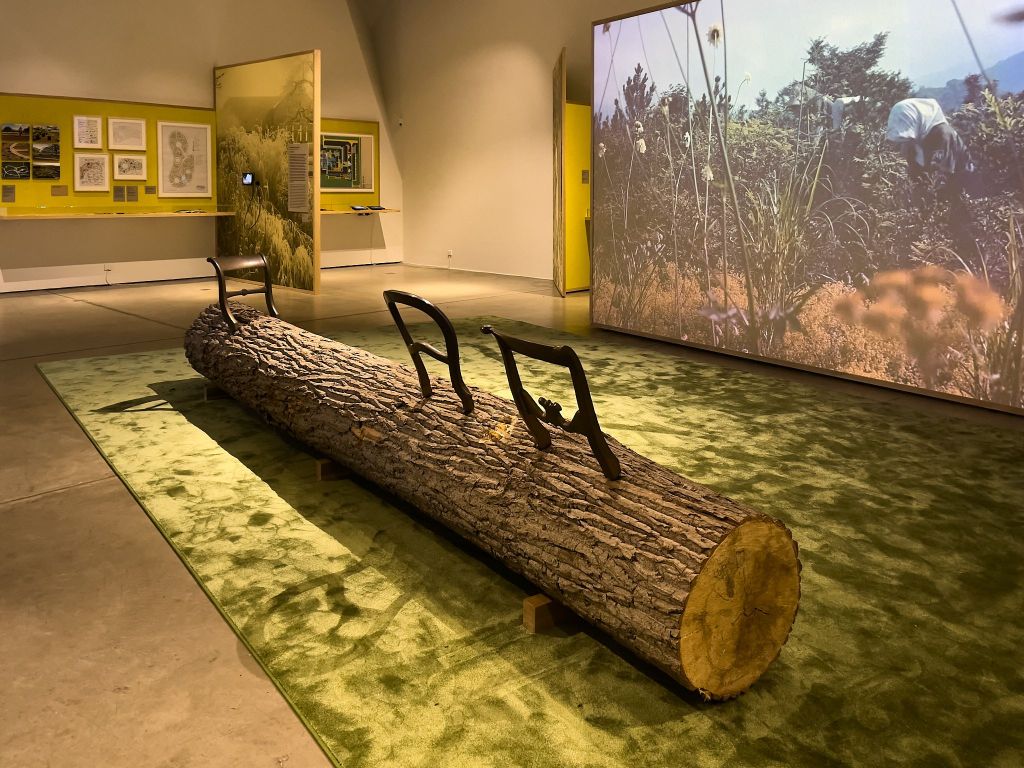
Gardens are places of dreams. Photo: © Werner Mäder, Uetikon
But even the most intimate garden is never just a personal retreat, but always also a witness to social and historical developments, political and economic interests and cultural value systems: This is the theme of the second part of the exhibition. Many perennials that are at home in western gardens today have deep roots in colonial history. The transport of living plants around the world was made possible by the so-called Ward’s box, which changed the commercial plant trade and the private garden, promoted the global exchange of important crops such as tea or rubber in the interest of the colonial powers and is closely linked to the spread of invasive species.
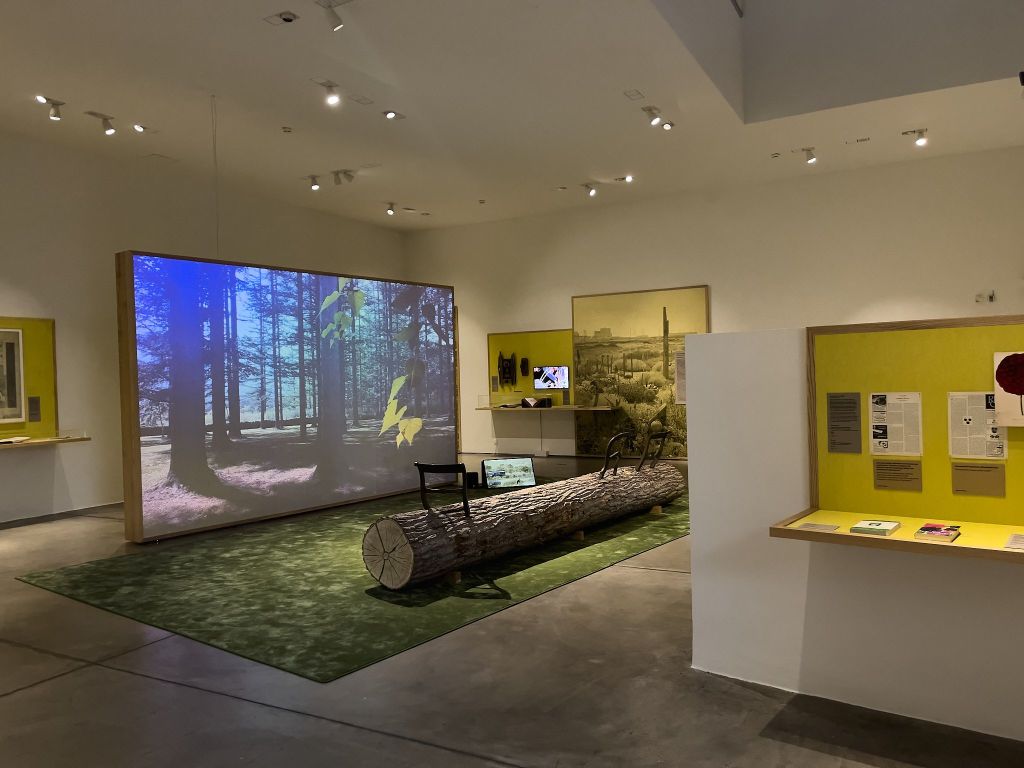
The exhibition was designed by the well-known Italian design duo Formafantasma. Photo: © Werner Mäder, Uetikon
Also in the 19th century, numerous urbanist concepts emerged that were intended to combine city and garden. In 1898, for example, the British social reformer Ebenezer Howard formulated the idea of the garden city, in which poorer sections of the population could also provide for themselves. The Green Guerrilla movement initiated by Liz Christy in New York, in turn, claimed the urban garden as a space for social justice and public participation. This movement was proclaimed in the 1970s, but the questions raised by Christy and her predecessors are still debated today: Who is entitled to a garden in the first place, what is a garden for, and how can gardens be integrated into an urban environment? In the third part of the exhibition, nine pioneering garden designers of recent times illustrate how different the answers to these questions can be. The examples show that gardens express the artistic and creative attitude of their creators in fascinatingly diverse ways and should be given more attention as a separate design discipline at the interface of art, architecture and design.
The last part of the exhibition looks at current projects that deal with the future of the garden: In an age of climate crisis, social injustice, threatened biodiversity and social isolation, the garden is becoming a place for innovative visions of the future. Against this background, the garden takes centre stage as a place of healing, spirituality or learning.
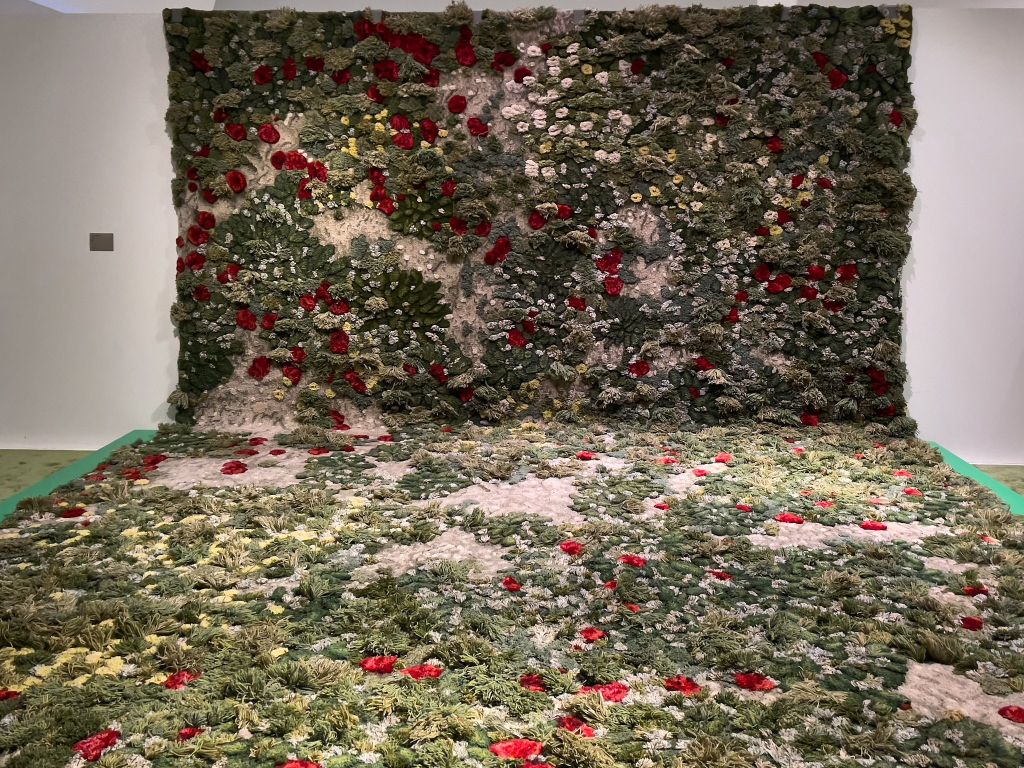
The walk-through textile “meadow” by Argentine artist Alexandra Kehayoglou, created especially for the exhibition, raises awareness of the dramatic threat to seemingly timeless landscapes posed by climate change. Photo: © Werner Mäder, Uetikon
How this awareness can be carried into cities, buildings, schools and other areas is illustrated by the current garden projects, which are depicted alongside traditional and indigenous practices on a six-metre illustration by architect Thomas Rustemeyer. In the age of the Anthropocene – so the message of these projects and the research – we need to understand our entire planet as a garden that we care for and use responsibly.
Practical information on the exhibition
The exhibition “Garden Futures” will run from 25 March to 3 October 2023. Visits to the exhibition cost €21.00, or €19.00 for young people over 12, students, senior citizens, people with disabilities, groups of 10 or more, combination of 3 or more tickets/person; children under 12 free. Tickets are available here.
The Vitra Design Museum is located at Charles-Eames-Str. 2 in D-79576 Weil am Rhein and is open daily from 10 am to 6 pm.
The exhibition is accompanied by a richly illustrated publication with essays, interviews and case studies: hardcover with cloth binding, 24 x 28.5 cm, 228 pages, approx. 180 illustrations, English Version, €55.00, available in the Vitra Museum online shop and elsewhere.


